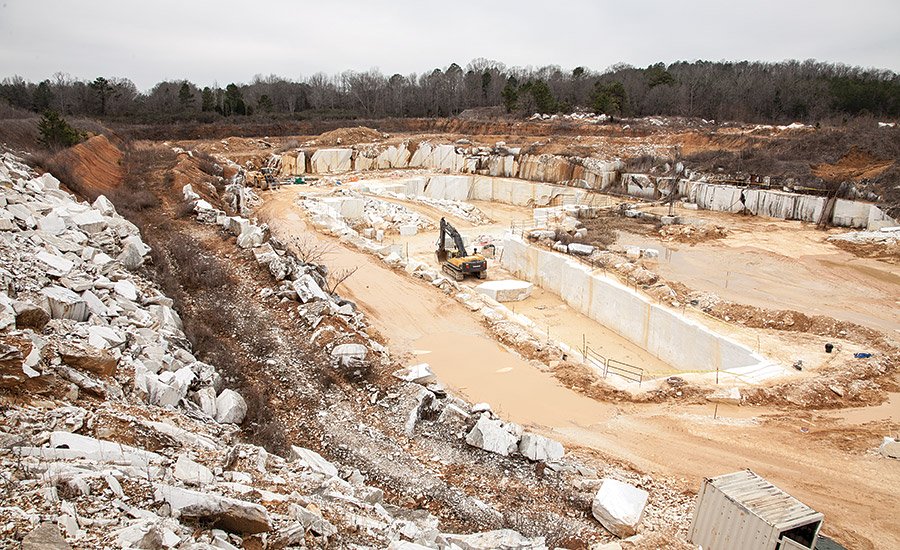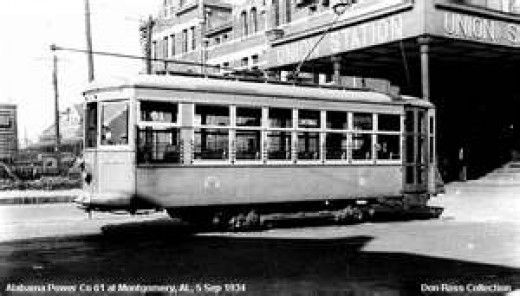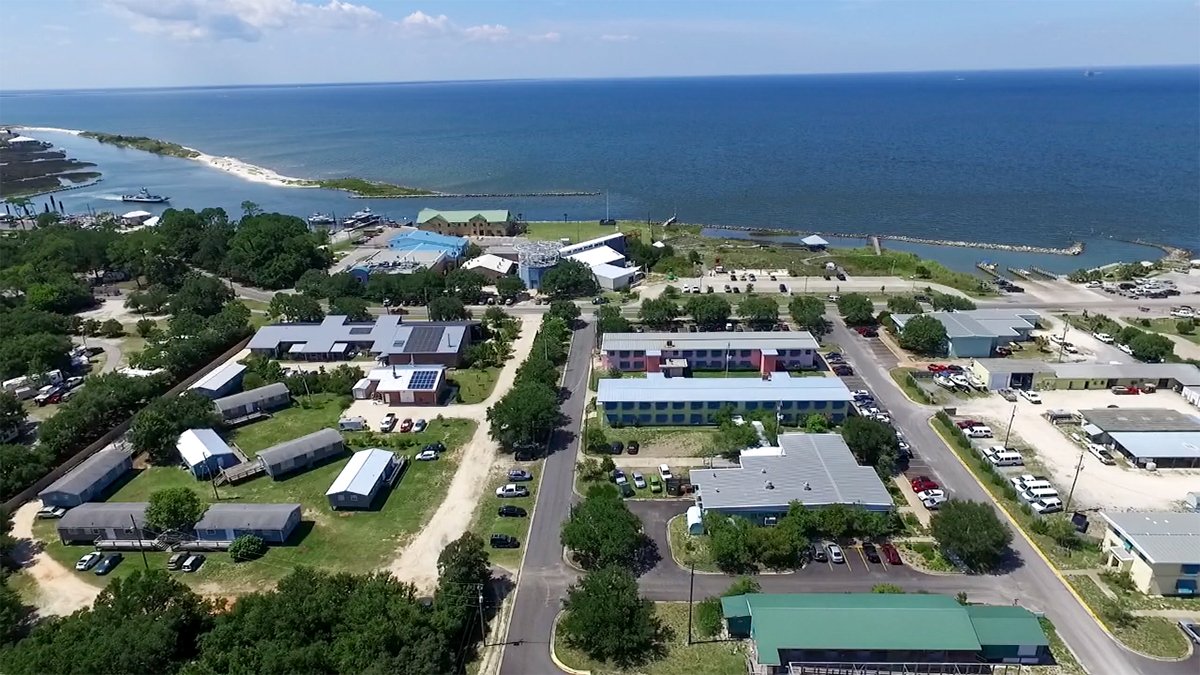The Wetumpka Impact Crater
The Wetumpka Impact Crater is one of the least known facts in the State of Alabama, and it should be one of the best known.
The reason for this is very simple; it was the greatest natural disaster to ever hit the State.
Today, it is still a huge factor, as it is listed at 4.7 miles wide (7.7kilometers), and it is thought to have been formed during a geological time in the United States and the World when the sea level was much higher than it is today.
The energy released by this dramatic impact was so large it was considered to be roughly 175,000 times greater than the nuclear explosion of Hiroshima, during World War Two in the year 1945.
However, despite all of these facts, there are still a lot of people in this historic state that know very little about this event.
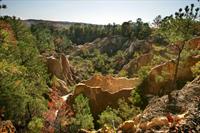 The Wetumpka Impact Crater
The Wetumpka Impact CraterThe History of the Wetumpka Impact Crater
The Wetumpka Impact Crater is believed to have occurred about 83 million years ago, by some kind of cosmic object that was either an asteroid or a comet.
It is estimated that this object was about 1,250 feet (380 meters) in diameter when it struck, in what is today known as Elmore County, Alabama.
It hit on the eastern side of todays’ city of Wetumpka, and all of the remains of this huge meteoritic impact, today referred to as the Wetumpka Impact Crater, is a crescent shaped ridge of hills.
These hills rise as high as 300 feet above the surrounding river plains, which make them very easy to see with the naked eye.
Bald Knob is considered the highest point on the rim, but the other parts of this beautiful natural wonder are also clearly visible to visitors as they enter into the town of Wetumpka, on US Highway 31 and Alabama Highway 14.
The structure was officially discovered in the year 1969 by a group of geologists that were from the Geological Survey of Alabama and were led by Thornton L. Neathery.
In the year 1976, Mr. Neathery and a group of his co-workers published a paper that officially suggested that a meteor had created the natural wonder, and it is officially known as the Wetumpka “Astrobleme.”
However, its true origin was not proven conclusively until the year 1999.
During that year, a team of scientists, led by Mr. Neathery and a geologist from the University of Auburn, David T King Jr., completed a 630 feet deep drilling operation with one major goal; to reach the center of the crater.
During this drilling process, the two scientists found what they were looking for; proof of an asteroid hit.
The minerals contained on the surface sample revealed that evidence of deformation characteristics had indeed resulted from a high pressure and a very massive impact.
Such minerals like these are only found in structures just like this, and are formed by either cosmic impacts, or at nuclear –test sites.
Since there has never been a nuclear test in the State of Alabama, there was only one clear option left for the Wetumpka Impact Crater; it was formed by a cosmic impact.
However, to be 100% sure of their analysis, they sent the materials to be tested in even more detail at a laboratory in Vienna, Austria.
The test results were nothing less than mind blowing for the two scientists; several meteorite elements were discovered.
These elements included iridium, cobalt, nickel, as well as chromium, which 100% confirmed their meteoric origins.
In the year 2002, this research team published their results in the “Earth and Planetary Science Letters” and by doing so, established the Wetumpka site as the 157th known impact center on Earth.
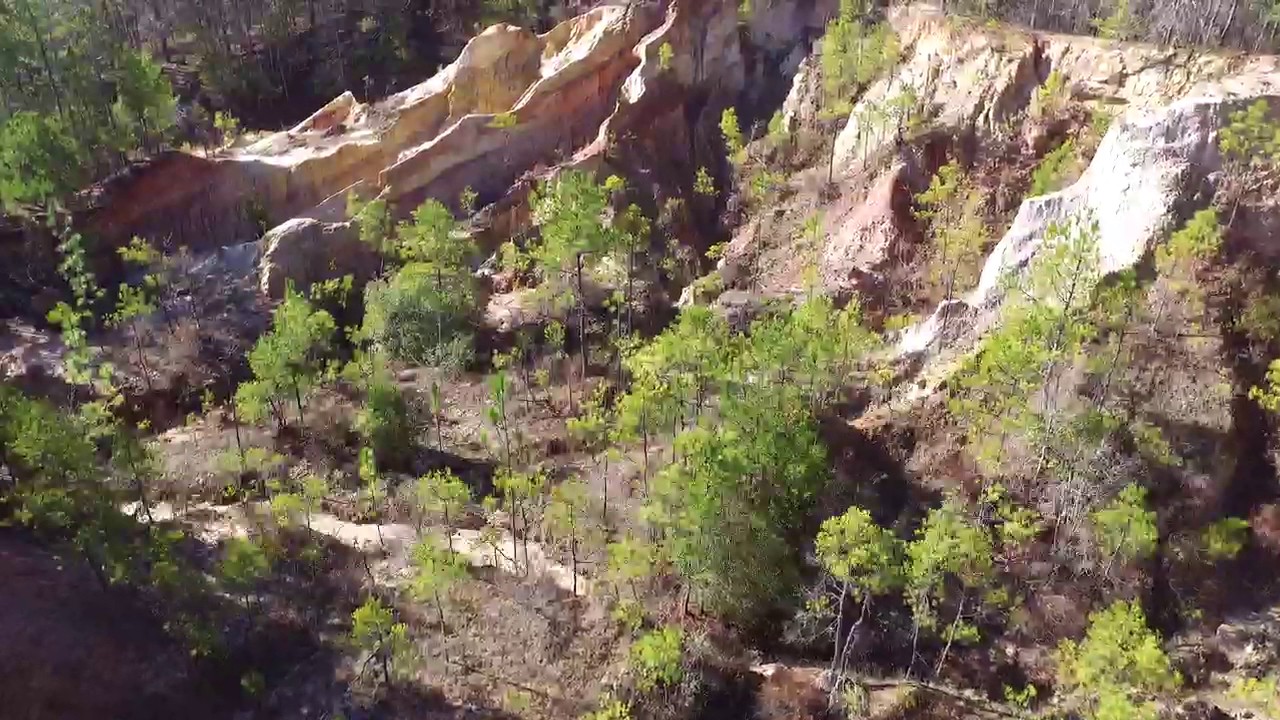 Hills Around the Wetumpka Impact Crater
Hills Around the Wetumpka Impact CraterThe Result of the Wetumpka Impact Crater
The results of the Wetumpka Impact Center were again the single largest natural disaster ever to hit this state.
The collision by the asteroid produced a huge earthquake and an atmospheric blast wave, which was equal to a hurricane force like straight line wind wave.
However, it also produced a cascade of falling rocks that blasted out the developing crater bowel that can be seen today.
With this type of devastating impact, thousands of living things would have been killed including dinosaurs, reptiles, as well as most all aquatic life located along the Gulf shoreline.
At the time of this huge natural disaster, it was believed that much of Southern as well as Central Alabama was under shallow waters of the northern Gulf of Mexico.
The estimated shoreline ran roughly from Tuscaloosa County to northern Elmore County, and then eastward to northern Russell County.
The Wetumpka Impact Crater is thus believed to have occurred about 15 miles offshore, in water that was about 100 feet deep.
The rim of the crater is made up of very hard crystalline rocks, and the interior area is composed of softer, sedimentary materials.
There is also an area of the crater that is made up of highly disturbed sediments outside of the southern side of it, that were permanently “washed” into place by a catastrophic resurgence of sea water.
This sea water was forced away from the area as a result of the devastating impact.
While this impact was absolutely catastrophic to the area now known as Alabama, it did not have global impacts and has never been linked to any type of global extinction.
However, the projectile of the cosmic impact was most likely traveling between 10 and 20 miles per second when it hit, and as mentioned earlier, produced hurricane like straight-line winds.
These winds could have been as high as 500 miles per hour, and the cosmic attack most likely struck at a 30–45-degree angle.
This has been determined by the northwest angles the rocks are slanted at within the impact area, including the flow path of the Coosa River.
While there was not global damage, the local damage was incredible.
The impact explosion would have radiated and struck out several hundred miles, and it is estimated that debris could have flown as far as the Gulf of Mexico.
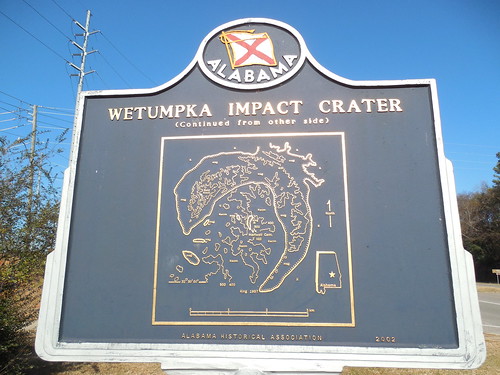 Wetumpka Impact Crater Plaque
Wetumpka Impact Crater PlaqueThe Wetumpka Impact Crater Today
Wetumpka, which means “rumbling waters” in the Native American Creek language, is a very appropriate name for this impact site.
The impact site is well preserved including the original impact rim and breccia and is celebrated annually by the city of its name.
It sponsors both lectures as well as public tours.
In the year 2002, the Alabama Historical Commission erected a roadside historical marker that describes the crater on U.S. Highway 231, in front of the Elmore County Health Department.
References
http://www.encyclopediaofalabama.org/article/h-1035
Little Know Facts About Alabama

Alabama Gift Store
Numerous Items for You and Your Family to Enjoy
See it here at the Gift Store
Copyright 2019-2023 Alabamabackroads.com
All Rights Reserved
